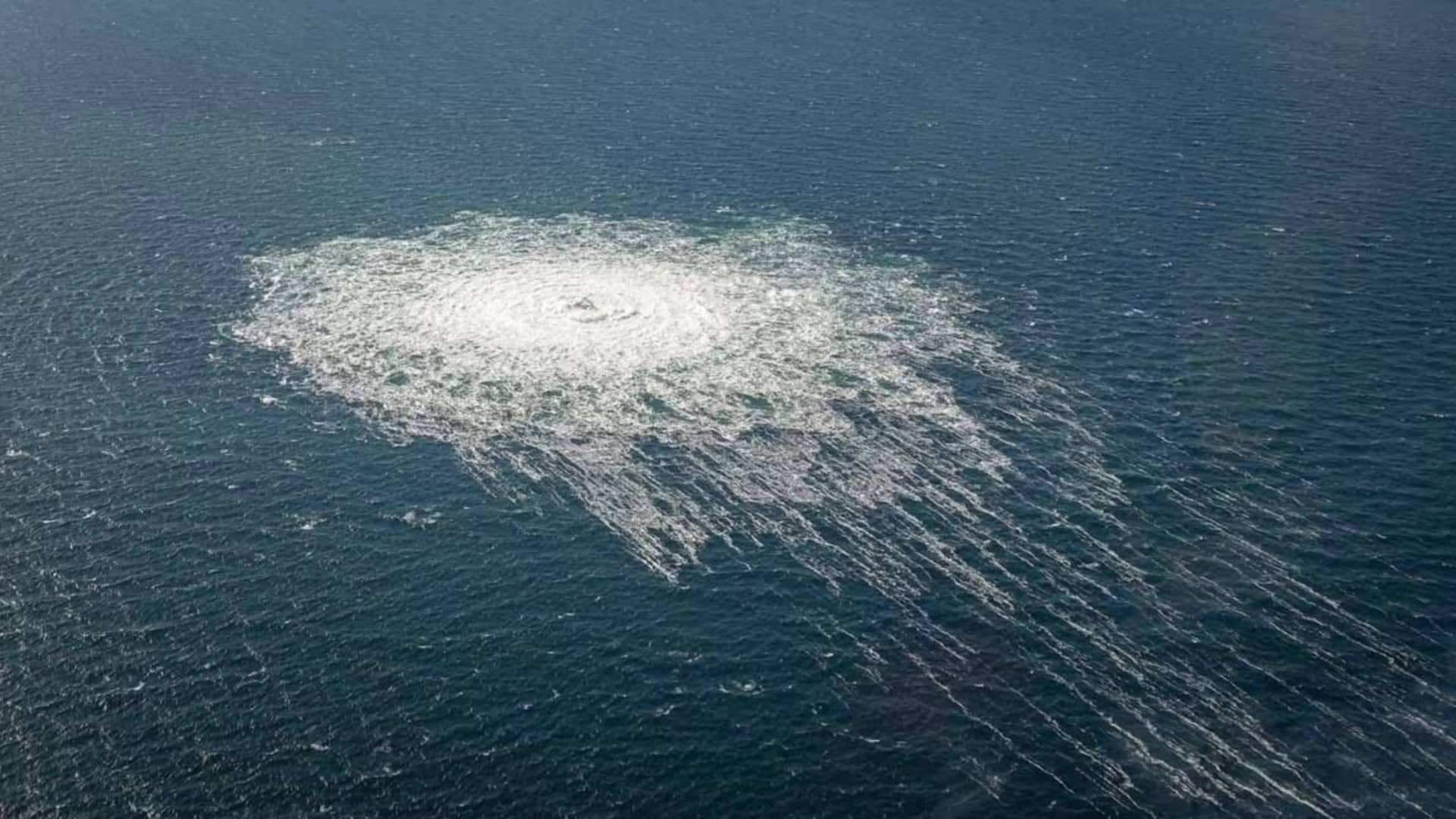Renewable Energy Gains in Australia

Sign up for daily news updates from CleanTechnica on email. Or follow us on Google News!
It is a sweltering Queensland summer. The air conditioner is belting out cold dry air as we hit a maximum of 35 degrees Celsius in Brisbane with very high humidity. Down south in the “colder” states (Victoria) they are achieving maximums of over 40 degrees, whereas in the west, records are tumbling as some areas head towards 50 degrees. Three tornadoes in the north of Australia have kept Queensland humidity high, and the vegetation lush — though, there has been a lot damage from winds and flooding.
The humidity is keeping bushfires at bay in the north, but Victoria is burning with loss of property, wildlife, and stock. Some anti-wind farm lunatics are actually saying that the local wind farms are fanning the flames and making the fires worse! These extreme climate events are becoming more and more severe, and more frequent. The weather has become the news. But some still doubt that there is such a thing as climate change and fight the forward march of renewable energy.
Some good news, though! The federal government has declared three offshore wind zones off the coast of New South Wales, Victoria, and Western Australia — it is strange that there are as yet no zones designated for South Australia and Queensland. Three more are being considered. The mythbusting page from the Department of Climate Change, Energy, the Environment and Water deals deftly with the FUD being thrown at the industry — offshore wind farms will not be visible from the beach; there won’t be any cables running along the beach (for the surfers to get tangled in); offshore wind turbines are not as big as the Eiffel Tower; offshore wind farms won’t scare away the tourists. Yes, they have lights, but they are for safety reasons.
Yes, these are real objections — promoted by conservative politicians and media, and, sadly, believed by many.
But wait, there’s more: Wind turbines save more carbon than is emitted during their manufacture; you can’t hear them turning from the beach; offshore wind farms won’t make the beach hotter; they will have measures in place to protect whales and sea birds; you can still fish!
A few days ago, the federal government commenced the consultation process for a wind energy development zone off the coast of southern Western Australia. The area can accommodate up to 20 GW of projects powered by wind from the Indian Ocean. It will be situated at least 20 km off the shore — so it won’t ruin the view!
Offshore wind projects take time. Federal energy minister Chris Bowen cautions us: “We are at the very beginning of a multi-year process. More studies and consultation will happen before offshore wind projects can be given the green light.”
According to Norton, Rose, Fullbright, Australia has the potential to harvest 2,000 GW of power from offshore wind. Now, that’s energy security!
Onshore wind continues to progress, with records being continuously broken for the largest wind farm. Recently, it was Macintyre in Queensland, then Golden Plains in Victoria — now it is the 1500 MW Yanco Delta wind farm in New South Wales. Yanco has just been approved by Australia Minister for the Environment and Water Tanya Plibersek and is situated in a declared Renewable Energy Zone.
Yanco will consist of 208 wind turbines, which will each have a tip height of 270 metres. They will be connected to an 800MW/800MWh battery.
There continues to be progress in the installation of large-scale batteries, large- and small-scale solar, and of course rooftop renewable energy for the common man and woman. One that came to my notice is the installation of a 250 MW/500 MWh battery at a former power station at a coal mine in Ipswich, Queensland. How ironic.
This site has quite the history — it is situated on a coal mine which dates back over 100 years. Not all the tunnels have been mapped and recorded (a close suburb is suffering subsidence due to tunnels collapsing). Until recently, the tunnels had been used to deposit rubbish from nearby New South Wales, and some areas are burning slowly. Let’s hope the engineers do a good job. For once, I am agreeing with some of the local naysayers on their Facebook page.
The Tesla battery will arrive later this year and the site should be operational by mid 2025, supplying power for the two-hour evening peak and reducing reliance on high-priced gas generation. The politicians, locals, and I all hope that this leads to reduced power bills. “Renewables are driving down the spot wholesale price of power below zero, which is why we will continue to invest in them,” says Queensland Premier Steven Miles. The state is also investing over half a billion dollars to stimulate a homegrown battery industry.
In the “Nero fiddles while Rome burns department,” we have the farcical debate in federal parliament over a bill from an independent senator which seeks to protect children and future generations from the effects of climate change. Both Labour and Liberal politicians questioned whether climate change presented a pressing a health risk at all. Do these people not look out the window, or watch the news? Are they blinded by their own pecuniary interest. No and yes, methinks.
At the federal level, just to muddy the water further, the conservative federal opposition is proposing that rooftop solar should be boosted with more subsidies. Isn’t that, you say, a good thing? Sounds like it, but they are planning to get the money by stopping government support for solar and wind farms. Perhaps that would convince my neighbour to put solar on his roof. It is one of the very few in my neighbourhood that has none — he says it is too expensive to install!
As I sit at my computer looking out the window, it is a grey and overcast day in Brisbane. So, I thought I would check how the country is doing with renewable energy power generation today. For those who like the numbers: Queensland is generating 1.5 GW of power from wind and solar and 5.5 GW from coal. NSW is generating 4.4 GW from renewables and 5.6 GW from fossil fuels. For Victoria, the numbers are: 1.8 GW and 2.5 GW (brown coal). For South Australia, they are 1.5 GW and 0.7 GW (gas). For Western Australia, they are 225 MW wind and solar, 2 GW coal and gas. As usual, Tasmania is the star of the show with 100% hydropower, wind, and solar.
It is impossible to write up all the news that is happening in the renewable energy sector in Australia. These are just some snippets that have interested me. Suffice to say, progress is being made on all fronts, as is evidenced by a look at the live NEM widget. This is despite the crazy (literally, sometimes) attempts to keep coal, oil, and gas in the loop.
Have a tip for CleanTechnica? Want to advertise? Want to suggest a guest for our CleanTech Talk podcast? Contact us here.
Latest CleanTechnica TV Video
I don’t like paywalls. You don’t like paywalls. Who likes paywalls? Here at CleanTechnica, we implemented a limited paywall for a while, but it always felt wrong — and it was always tough to decide what we should put behind there. In theory, your most exclusive and best content goes behind a paywall. But then fewer people read it!! So, we’ve decided to completely nix paywalls here at CleanTechnica. But…
Thank you!
CleanTechnica uses affiliate links. See our policy here.
This post has been syndicated from a third-party source. View the original article here.





